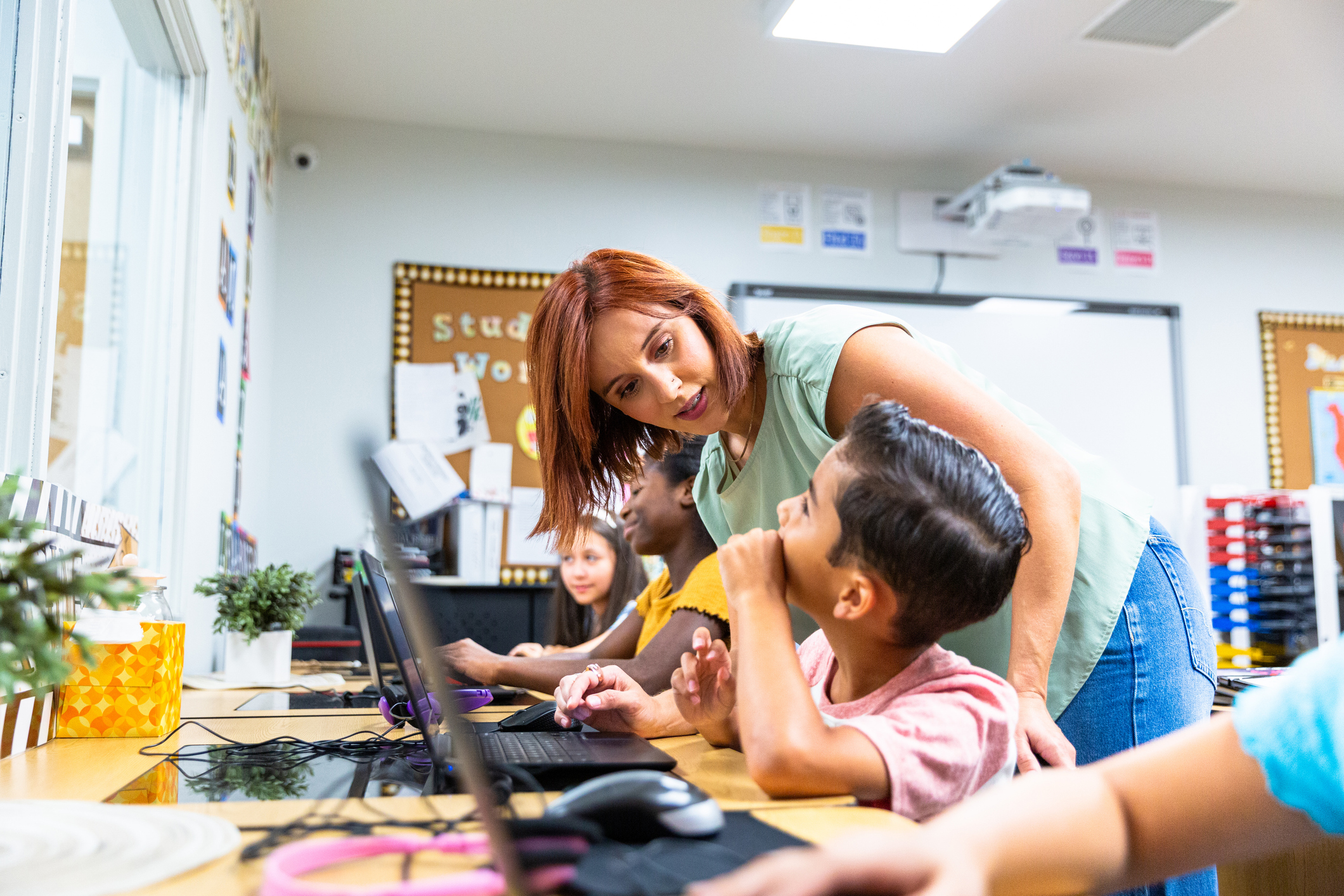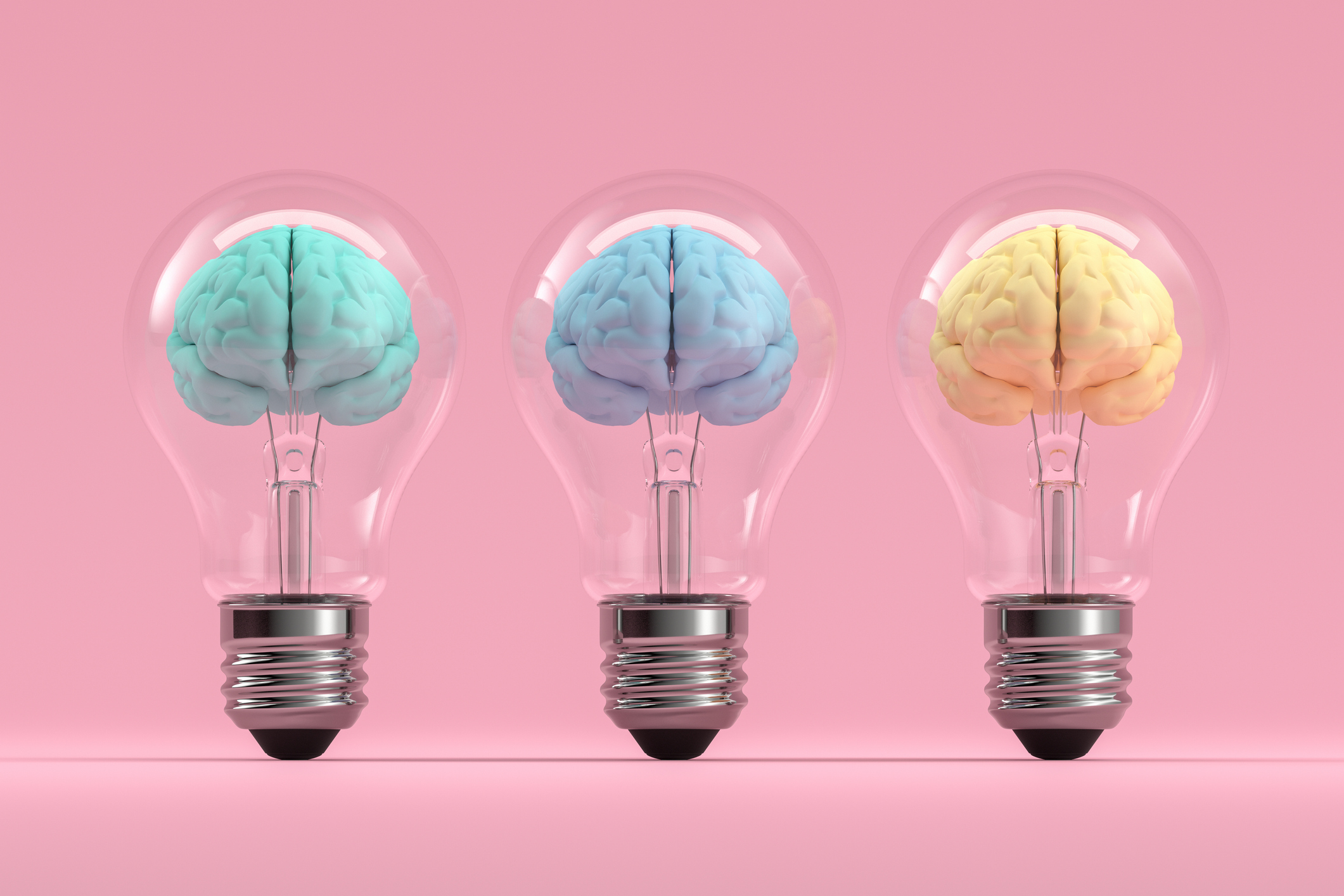AI is a New Language – Multilingual Learners Already Speak



Artificial intelligence (AI) is not a new topic in education, but it is definitely a new concept, and it will be around for a while. Most importantly, it is already being used by the students that we serve. In 2025, we find ourselves at a crossroads, not whether to allow AI in the classrooms, but how to navigate it and guide students in using it with purpose and ethics while grounding themselves in their voice.
My own curiosity for AI began in 2020, in the heart of the pandemic. A time when everything we knew as teachers changed. Classrooms became grids of silent icons on Google Meets or Zoom, and every teacher move we had planned for the year had to be reimagined. At that moment, I realized that adapting was not optional–it was survival.
Different tools like ChatGPT, PlayLab, and MagicSchool AI showed up, and it was time to keep up with them and provide all students with their needs.
This year, I taught in a school filled with multilingual learners (MLLs)--students whose first language is not English, but whose capacity for learning, innovation, creativity, and expression is limitless. It became clear that AI is not just a tool; it is a new form of language, and like any language, when taught with intention, it can be liberating. In my reflection *Language is Not a Limitation–It Is Liberation,* I wrote about the power of honoring all the ways language lives in our classrooms–through math, voice, movement, and poetry; now, I add another to that list: AI. Our students are already speaking this language, and as educators, our role is to guide them toward fluency.
At the International Network for Public Schools, students complete PBATs (Performance-Based Assessment Tasks) instead of Regents Exams because their model is intentionally designed to support MLLs through authenticity and to connect to their lived experiences. These projects are not shortcuts–they are mirrors. They reflect students’ values, struggles, and brilliance. With these projects, I have witnessed students turn to AI tools not to bypass their thinking, but to enhance it.
I mentored students as they developed their PBATs and saw them using:
- ChatGPT to explore essential questions and brainstorm ideas
- Grammarly to revise and clarify their writing
- Notion AI to structure their time and stay organized
- Google’s Read Along to practice English with confidence and independence
These tools work as scaffolds and help multilingual learners access content and move at their own pace. That is what personalized learning truly is: not individual work in isolation but individual empowerment with intention.
Let’s be honest–AI is more prevalent in our classrooms than many educators are willing to admit. Our students already know that they have adapted to the shifts.
The question is: Are we teaching them to use AI with integrity, or leaving them to explore this new tool alone?
Working for Checkit Learning further deepened my belief in the power of innovation to build equity. I learned that to center inclusion and accessibility in tech– design can be both human and forward-thinking. It reaffirmed that education’s future must be high-tech, new curricula and platforms, and high-touch to infuse creativity, cultural relevance, and student agency.
Education does not change at the speed of light, but it does shift–quietly, steadily, and sometimes all at once.
In this shift, multilingual learners are not just keeping up–they are leading. They are asking questions and navigating across languages–spoken and digital–with brilliance. Like any other language, AI must be taught with patience and care. As we do, we will find that our students are not limited by what they do not know.
They are empowered by what they are learning to become.

Ylaiza is a dedicated bilingual teacher who excels in creating educational content that is engaging, impactful, and culturally responsive. Ylaiza strives to create an empowering learning environment that ignites passion for learning, and they bring that same spirit to their writing!



